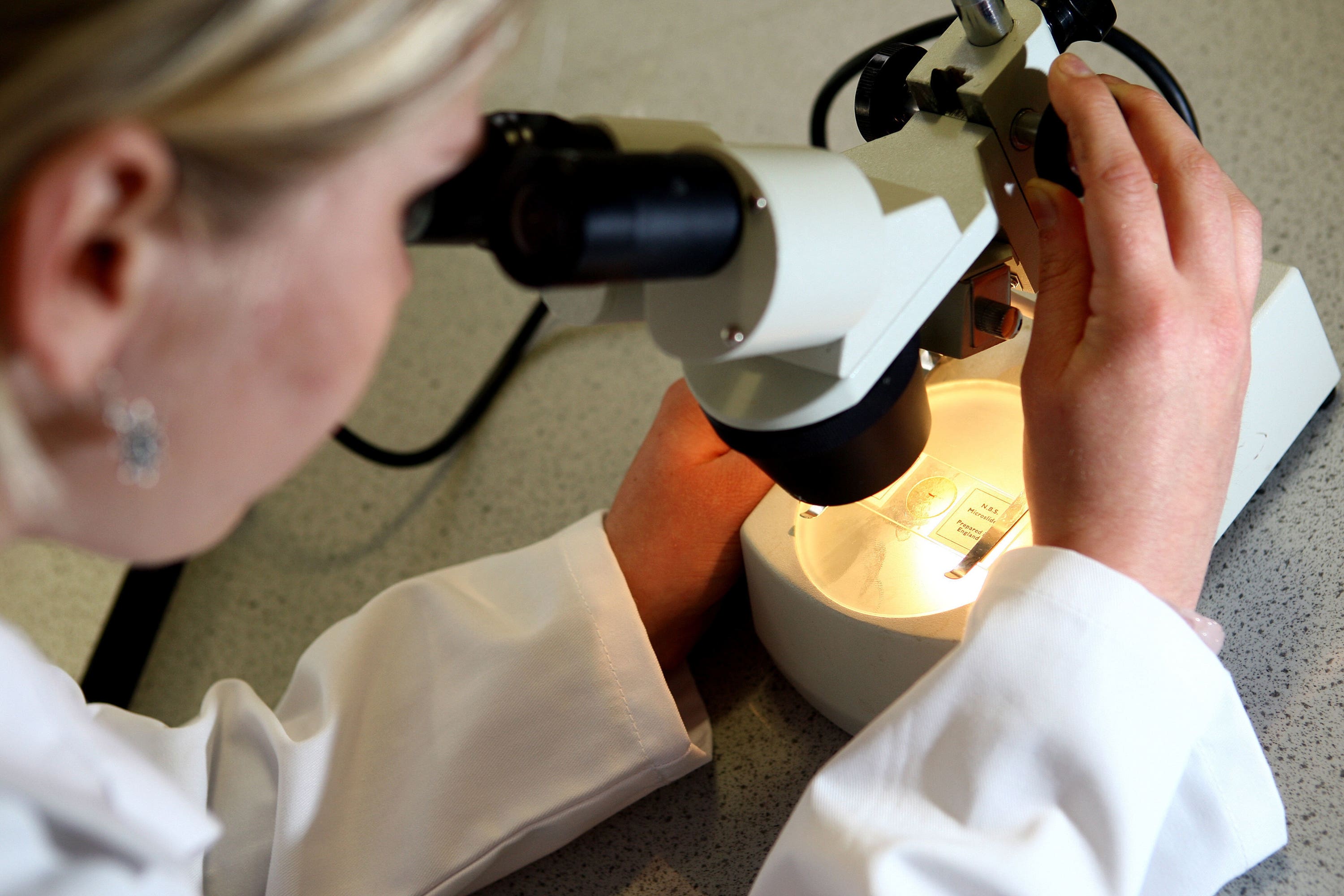Scientists think they’ve finally found the cure for telltale sign of ageing
The tell-tale sign of ageing is something that many have tried to hide for generations

A way of stopping hair from going grey may finally have been discovered.
The tell-tale sign of ageing is something that many women - and men - have tried to hide for generations.
Now American researchers have found that certain stem cells have the unique ability to move between growth compartments in hair follicles.
But they found that as our hair ages, sheds and repeatedly grows back, more of these stem cells become stuck in a compartment called the hair follicle bulge.
These hairs remain here and fail to travel back to their original location in the compartment, where proteins would have helped them regenerate into pigment cells - thus helping hairs keep their colour.
The study, led by researchers at the NYU Grossman School of Medicine, observed the physically-aged hairs of mice and found that more and more stem cells became stuck after forced ageing.
These cells were also found to remain incapable of regenerating or maturing into pigment-producing hairs which keep their colour.
The scientists hope the new research may lead to the necessary answers for keeping hair healthy and coloured long into old age.
The study focused on cells in the skin of mice which can also be found in humans, called ‘melanocyte stem cells’ or McSCs.
Our hair colour is controlled by whether non-functional but continually multiplying pools of McSCs within hair follicles receive the signal necessary to become mature cells responsible for making the protein pigments responsible for giving hair its colour.
The NYU study found the McSCs are ‘plastic’ or adaptable, meaning that during normal hair growth, they continually move back and forth on the maturity axis as they move between compartments of the developing hair follicle.
It is inside these compartments that the McSCs are exposed to differing levels of maturity-influencing protein signals.
The research team found that McSCs transform between their most primitive stem cell state at the next stage of their maturation - the transit-amplifying state - and depending on their location.
As our hair ages, sheds and repeatedly grows back, the study found that increasing numbers of McSCs get stuck in the stem cell compartment called the hair follicle bulge.
Once stuck, the McSCs remain in the bulge and fail to mature into the transit-amplifying state and do not travel back to their original location in the germ compartment.
It is here that proteins help them to regenerate into pigment cells.
The researchers say McSC adaptability is not present in other self-regenerating stem cells, such as those making up the hair follicle itself, which are known to move in only one direction along an established timeline as they mature.
Transit-amplifying hair follicle cells never revert to their original stem cell state, for example, which helps explain in part why hair can keep growing even while its pigmentation fails.
The study’s lead investigator, Dr Qi Sun, a postdoctoral fellow at NYU Langone Health, explained: “Our study adds to our basic understanding of how melanocyte stem cells work to colour hair.
“The newfound mechanisms raise the possibility that the same fixed-positioning of melanocyte stem cells may exist in humans.
“If so, it presents a potential pathway for reversing or preventing the greying of human hair by helping jammed cells to move again between developing hair follicle compartments.”
Earlier work by scientists at NYU showed that WNT signalling was needed to stimulate the McSCs to mature and produce pigment.
That study had also shown that McSCs were many trillions of times less exposed to WNT signalling in the hair follicle bulge than in the hair germ compartment, which is situated directly below the bulge.
In the latest experiments, the NYU team ‘physically’ aged the hair of mice by plucking them out and forcing them to regrow.
In these mice, the number of hair follicles with McSCs lodged in the follicle bulge increased from 15 per cent before plucking to nearly half after the forced ageing.
These cells remained incapable of either regenerating or maturing into pigment-producing melanocytes.
The stuck McSCs were found to have ceased their regenerative behaviour as they were no longer exposed to enough WNT protein signalling and were unable to produce pigment in new hair follicles, which continued to grow.
In contrast, McSCs which continued to move back and forth between the follicle bulge and hair germ retained their ability to regenerate as McSCs, mature into melanocytes, and produce pigment over the entire study period of two years.
Dr Mayumi Ito, a professor at NYU Langone Health, added: “It is the loss of chameleon-like function in melanocyte stem cells that may be responsible for greying and loss of hair colour.
“These findings suggest that melanocyte stem cell motility and reversible differentiation are key to keeping hair healthy and coloured.”
The team now plans to investigate the potential means of restoring the motility of McSCs or physically moving them back to their germ compartment where they can produce pigment - thus stopping hairs from going grey.
Subscribe to Independent Premium to bookmark this article
Want to bookmark your favourite articles and stories to read or reference later? Start your Independent Premium subscription today.

Join our commenting forum
Join thought-provoking conversations, follow other Independent readers and see their replies